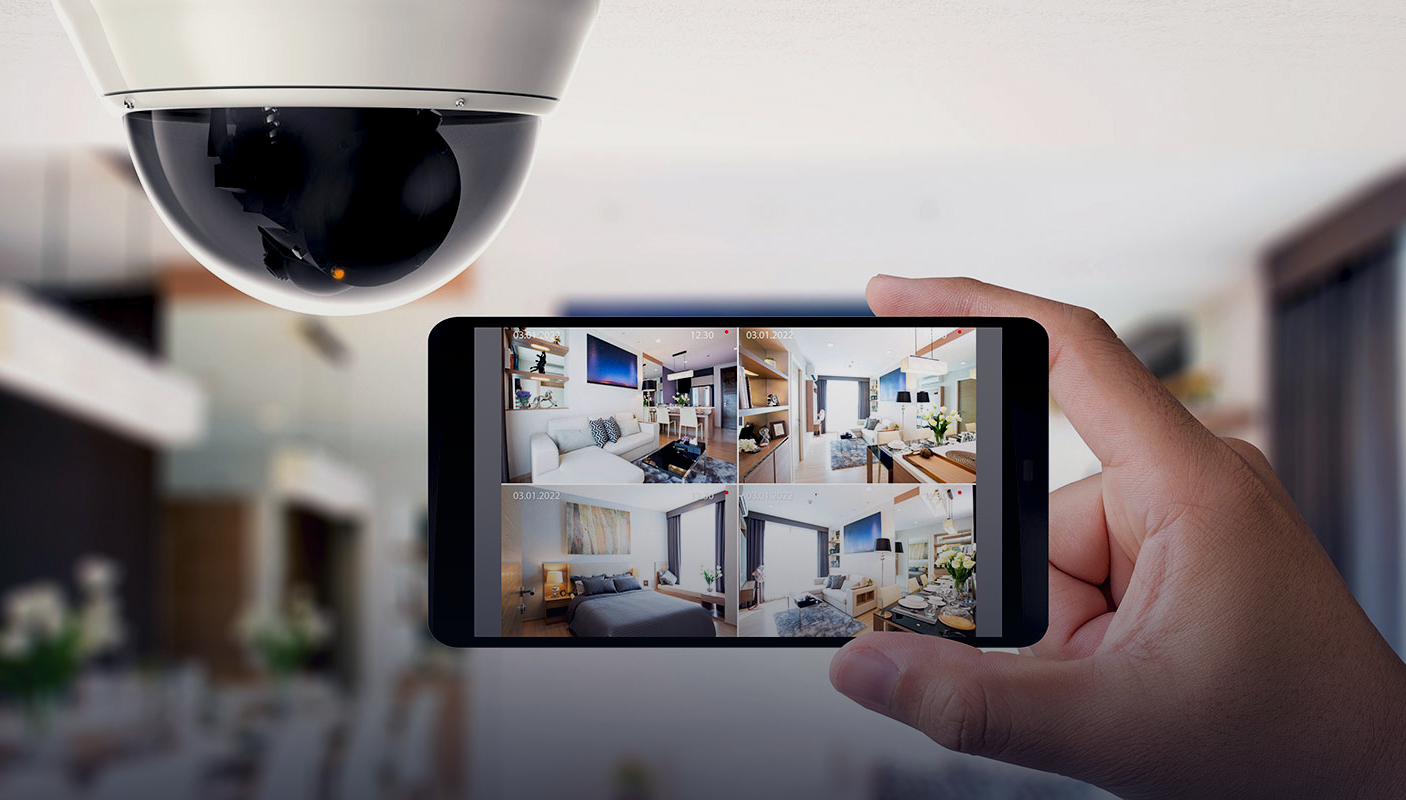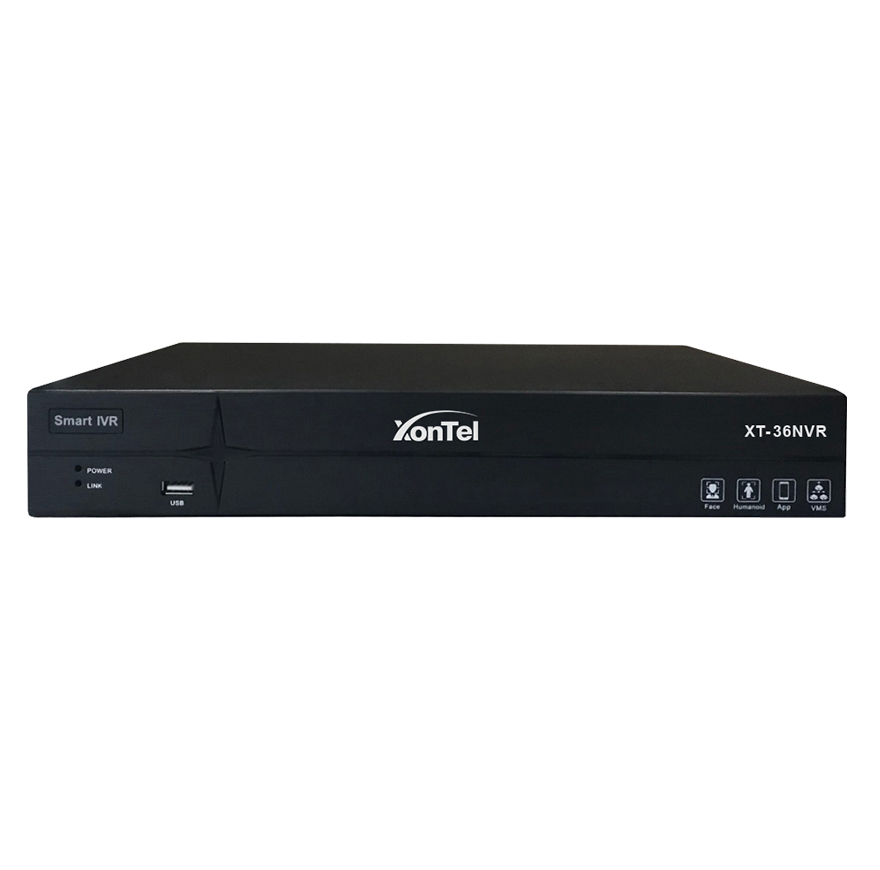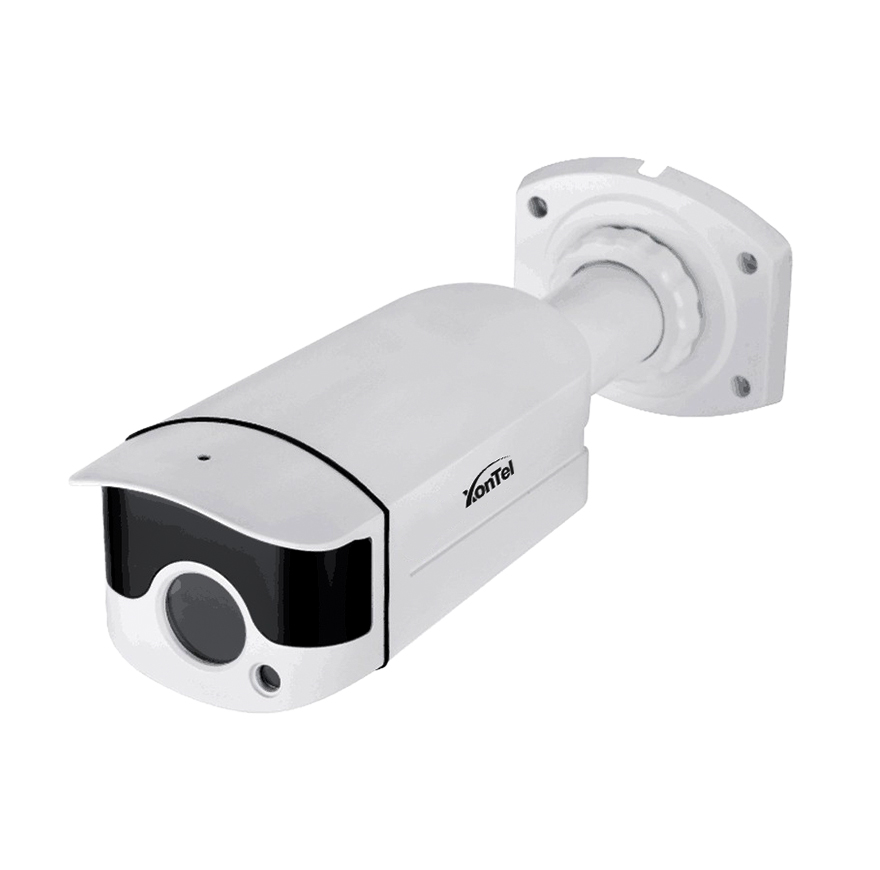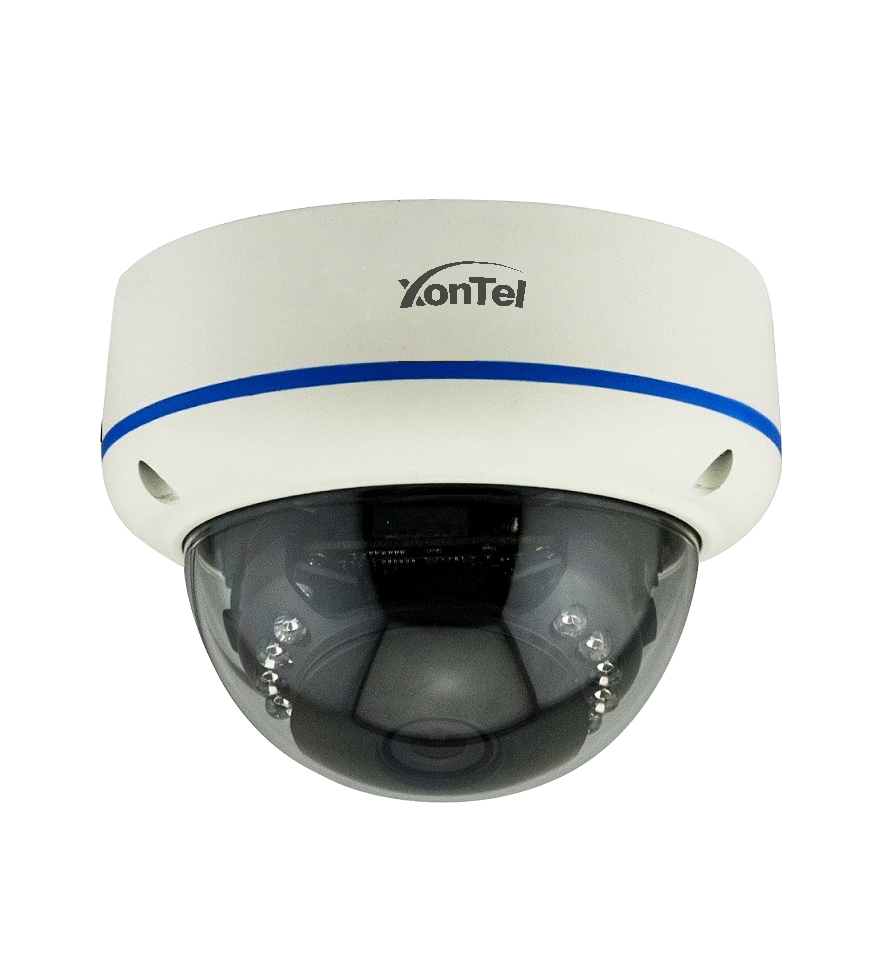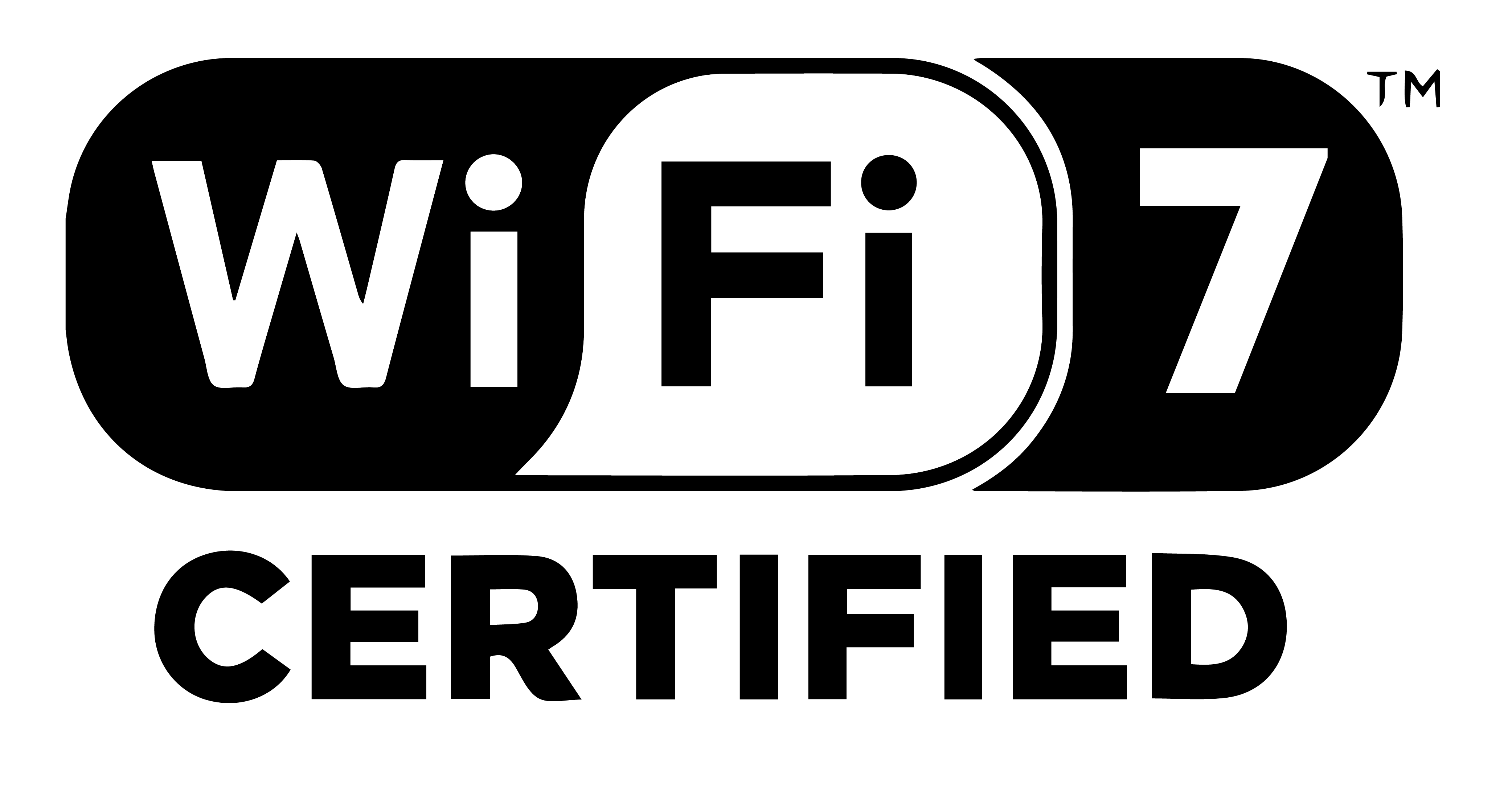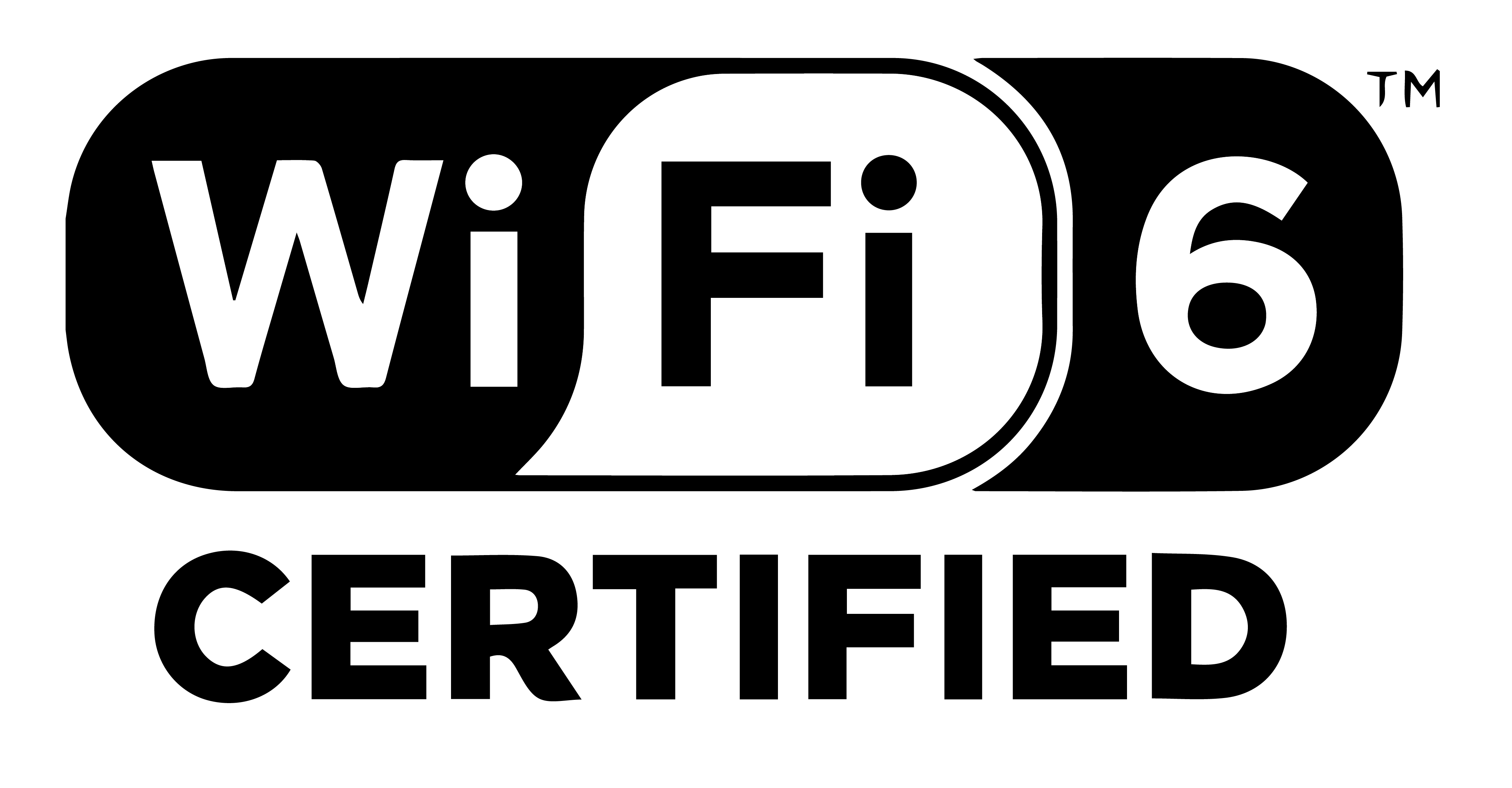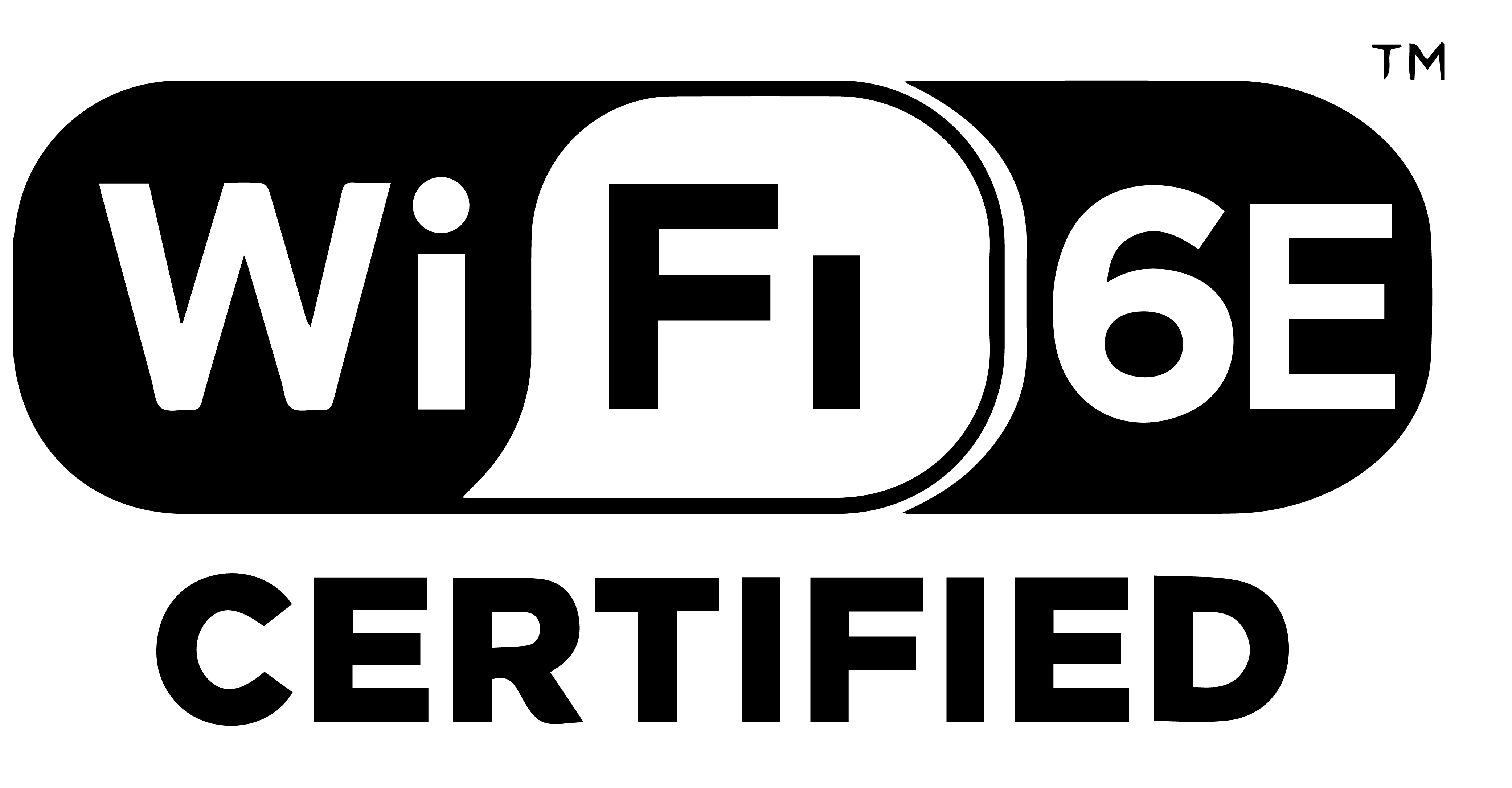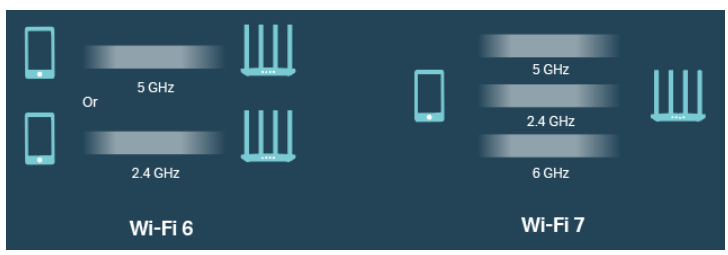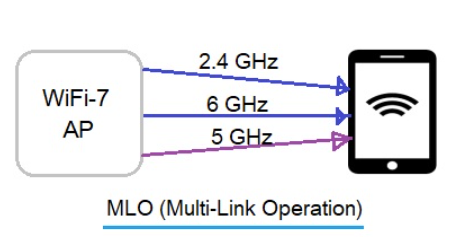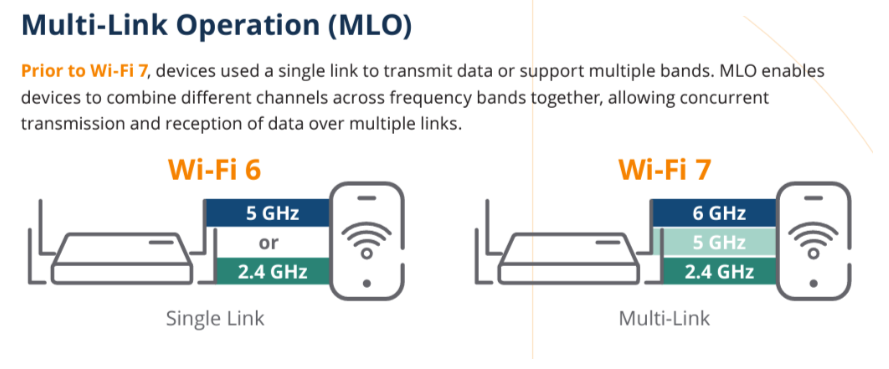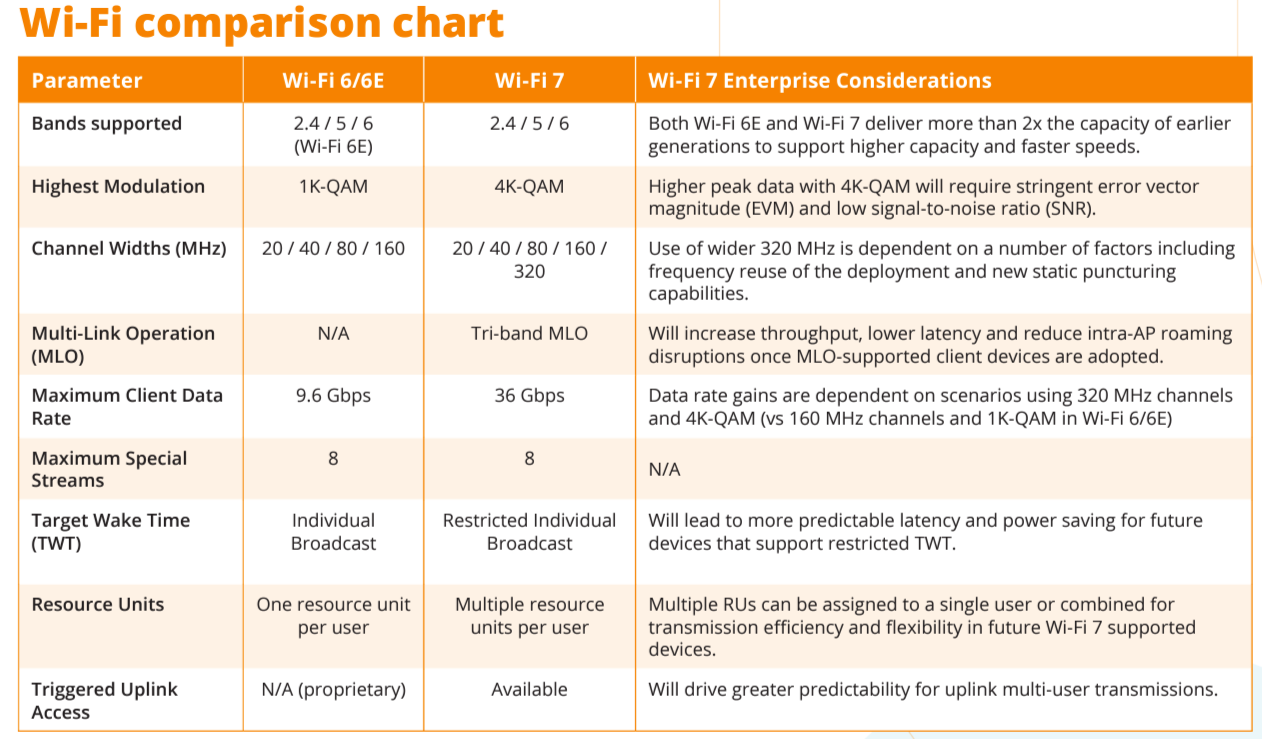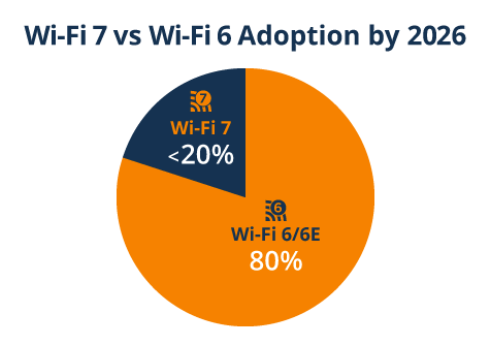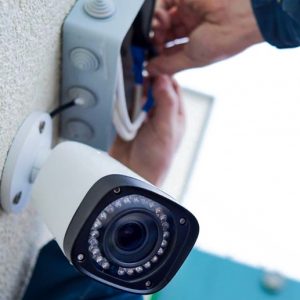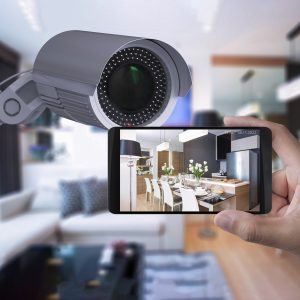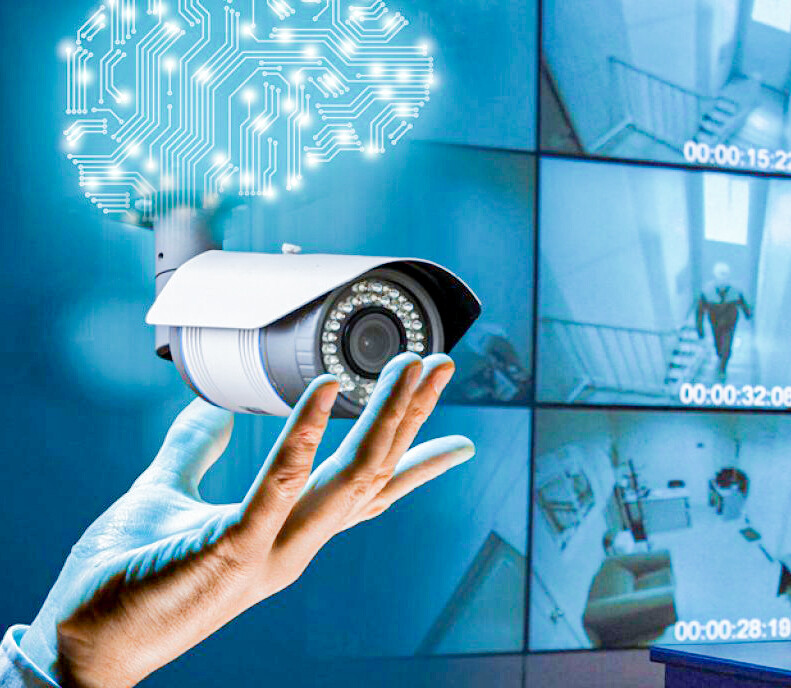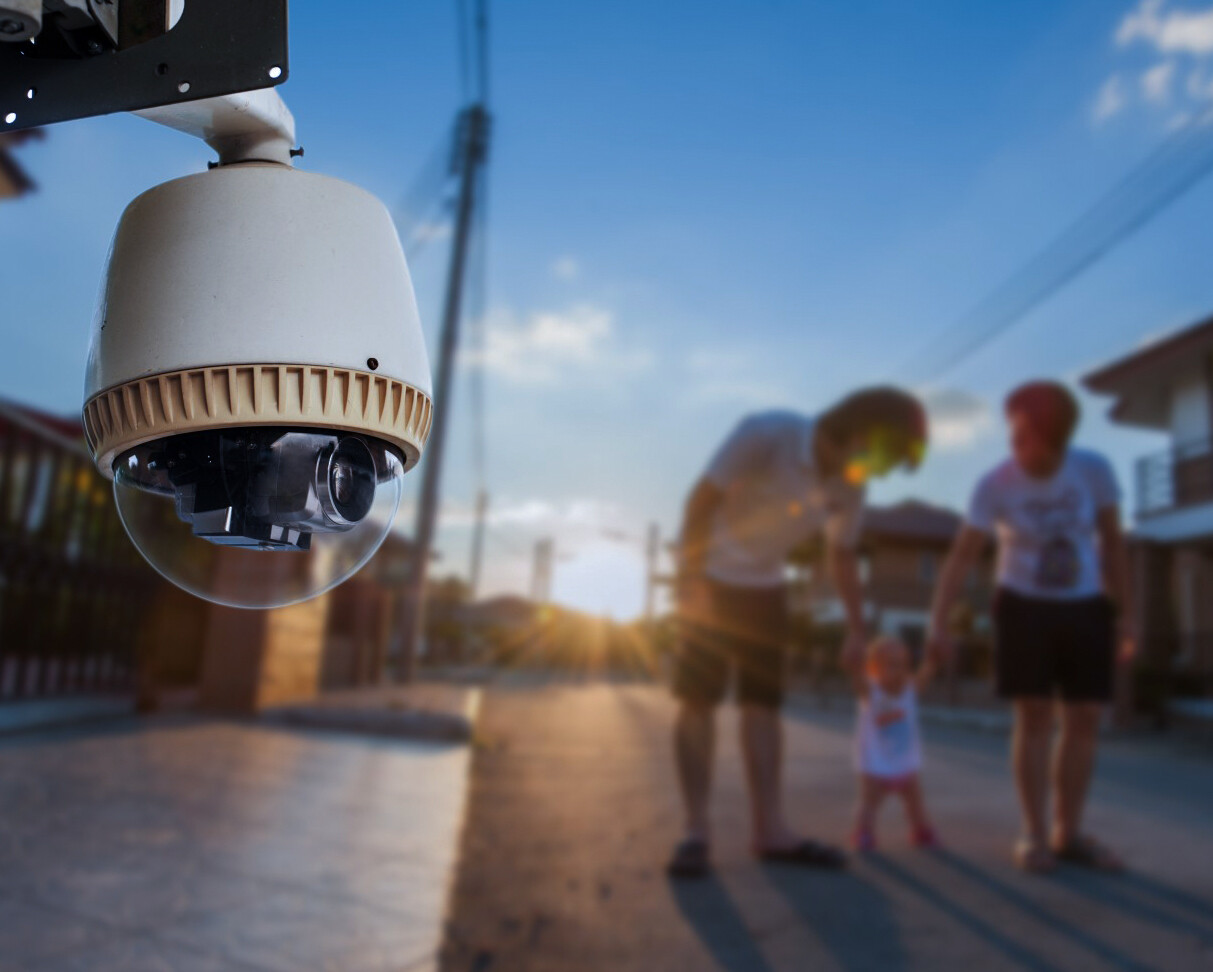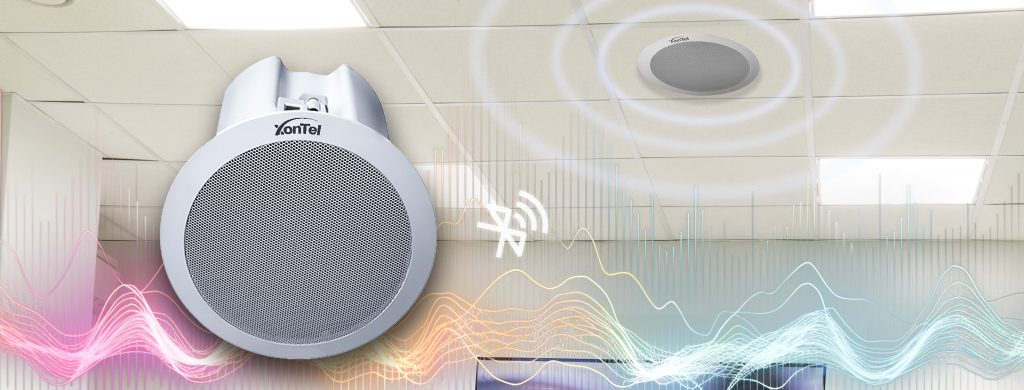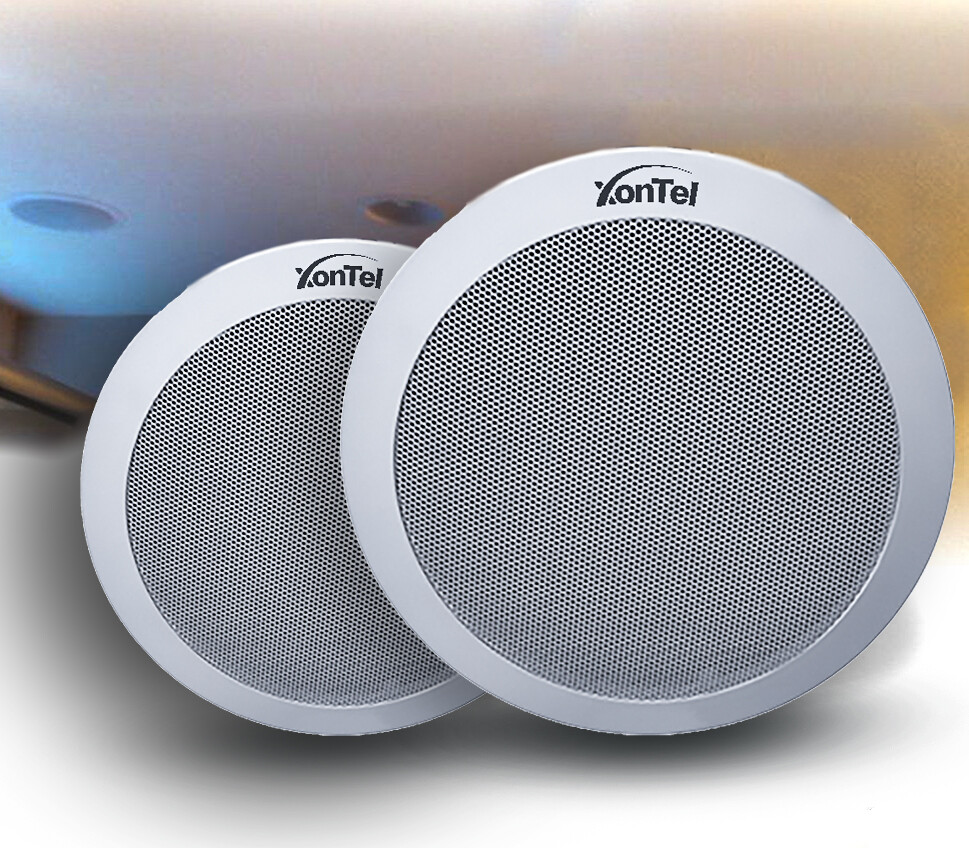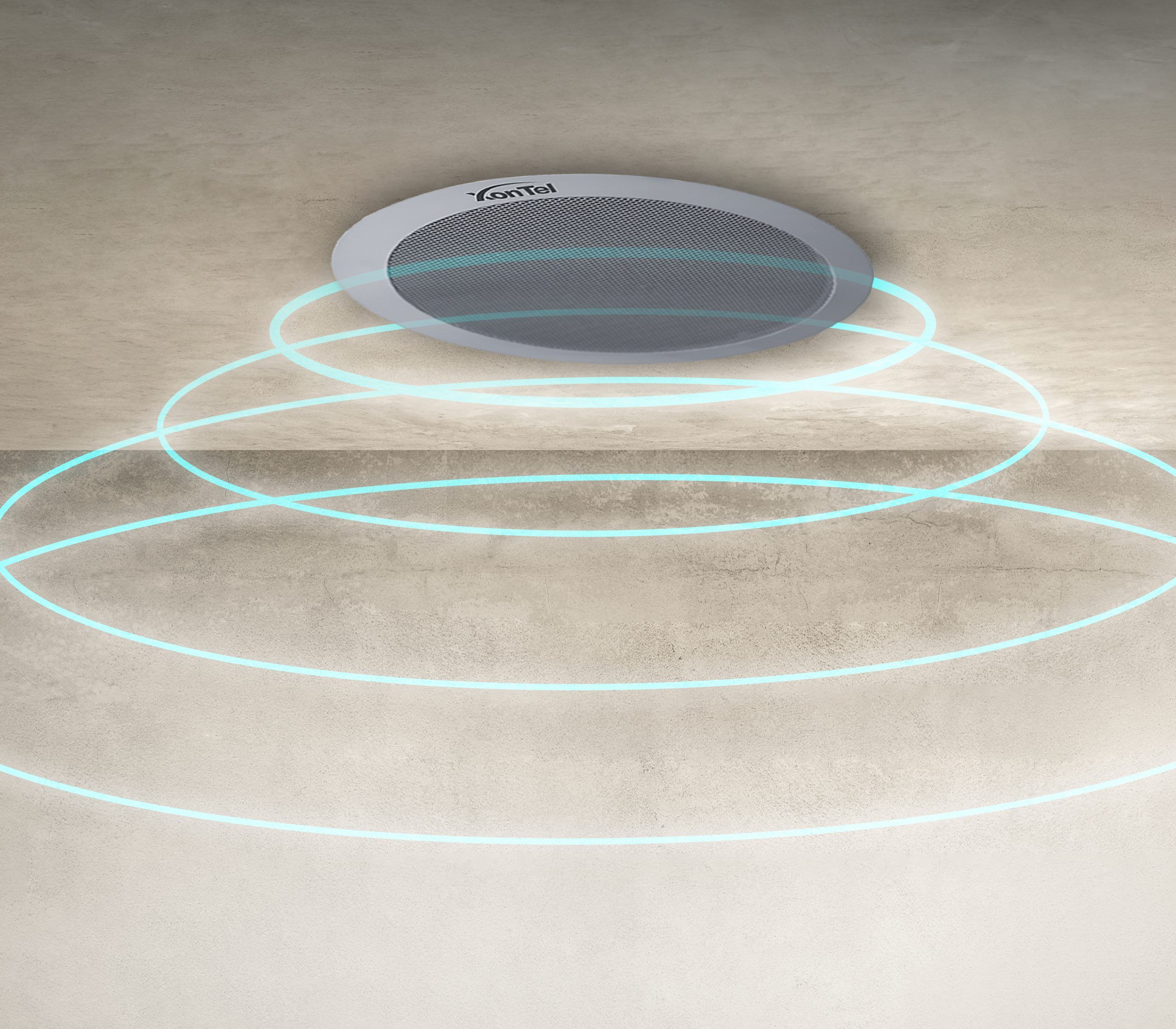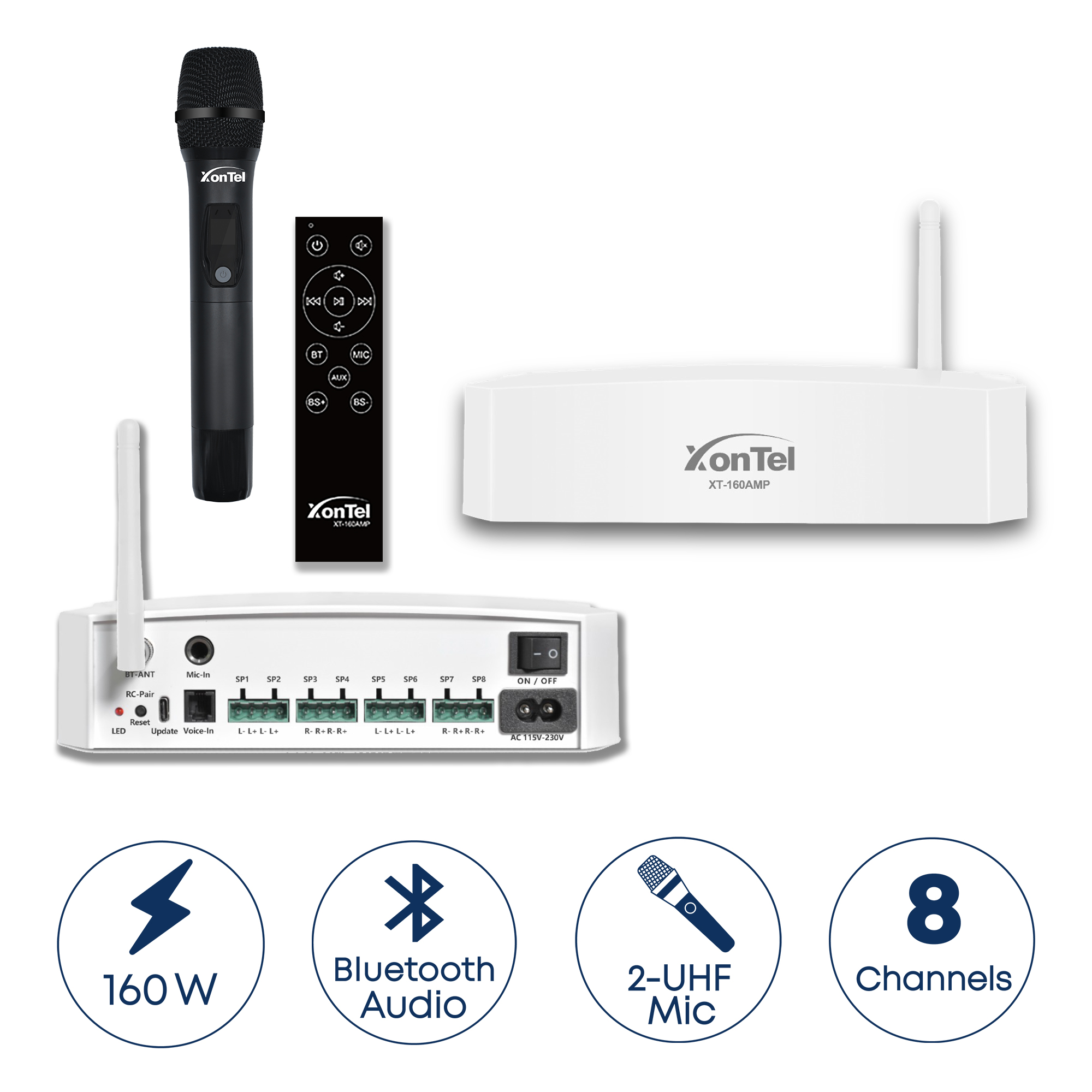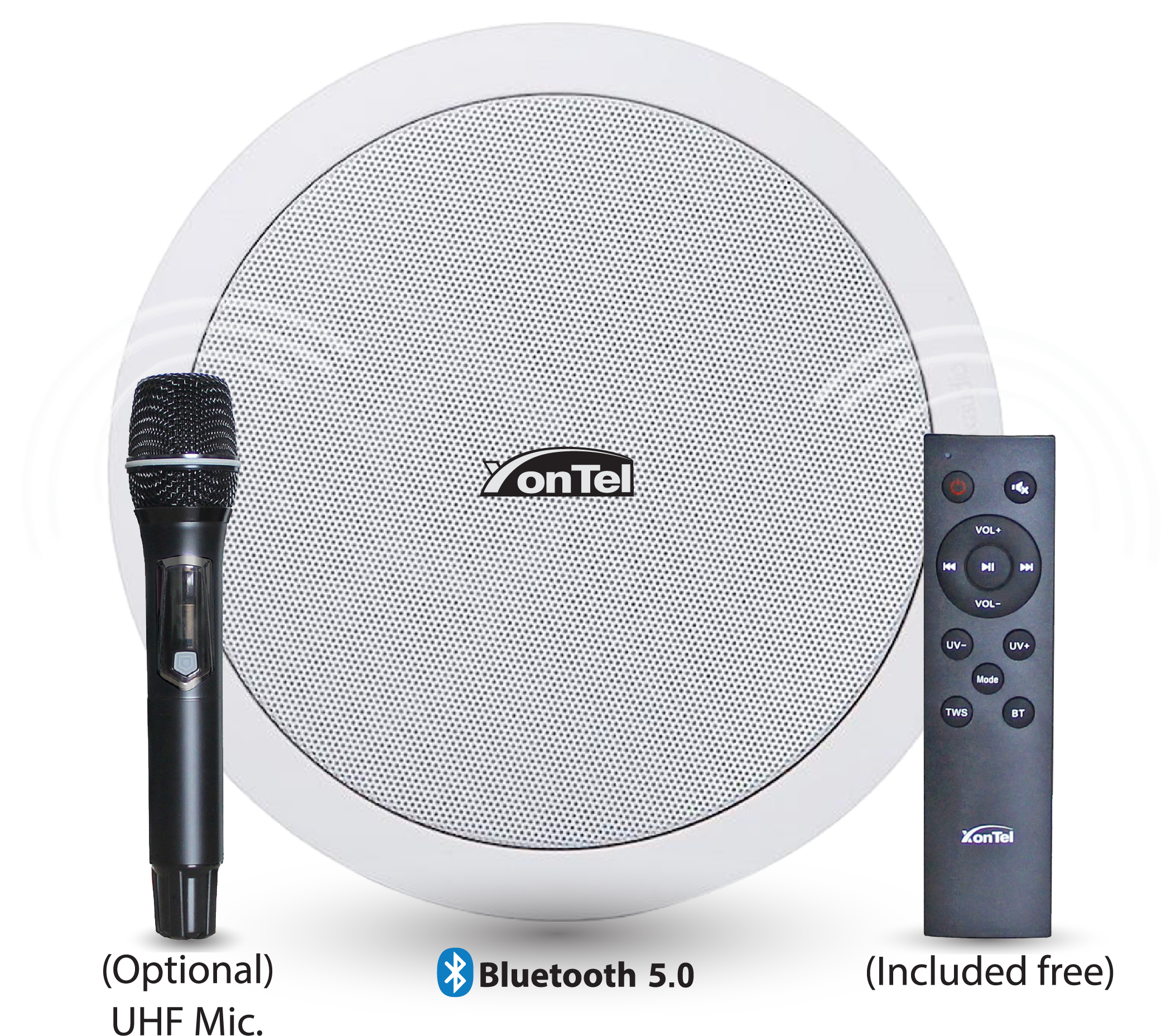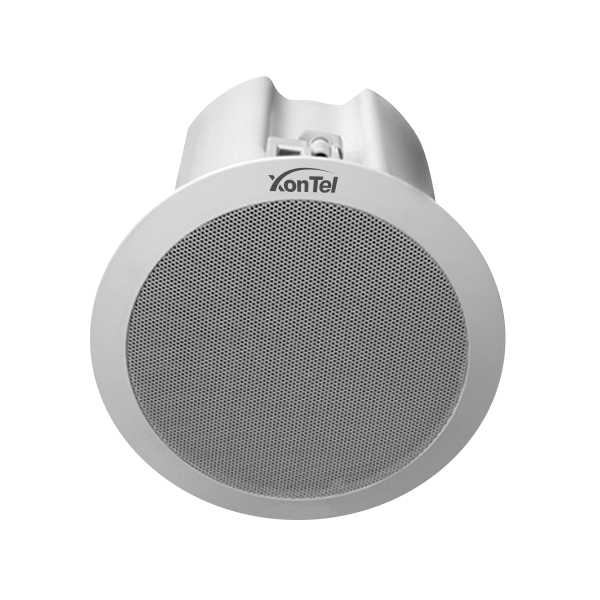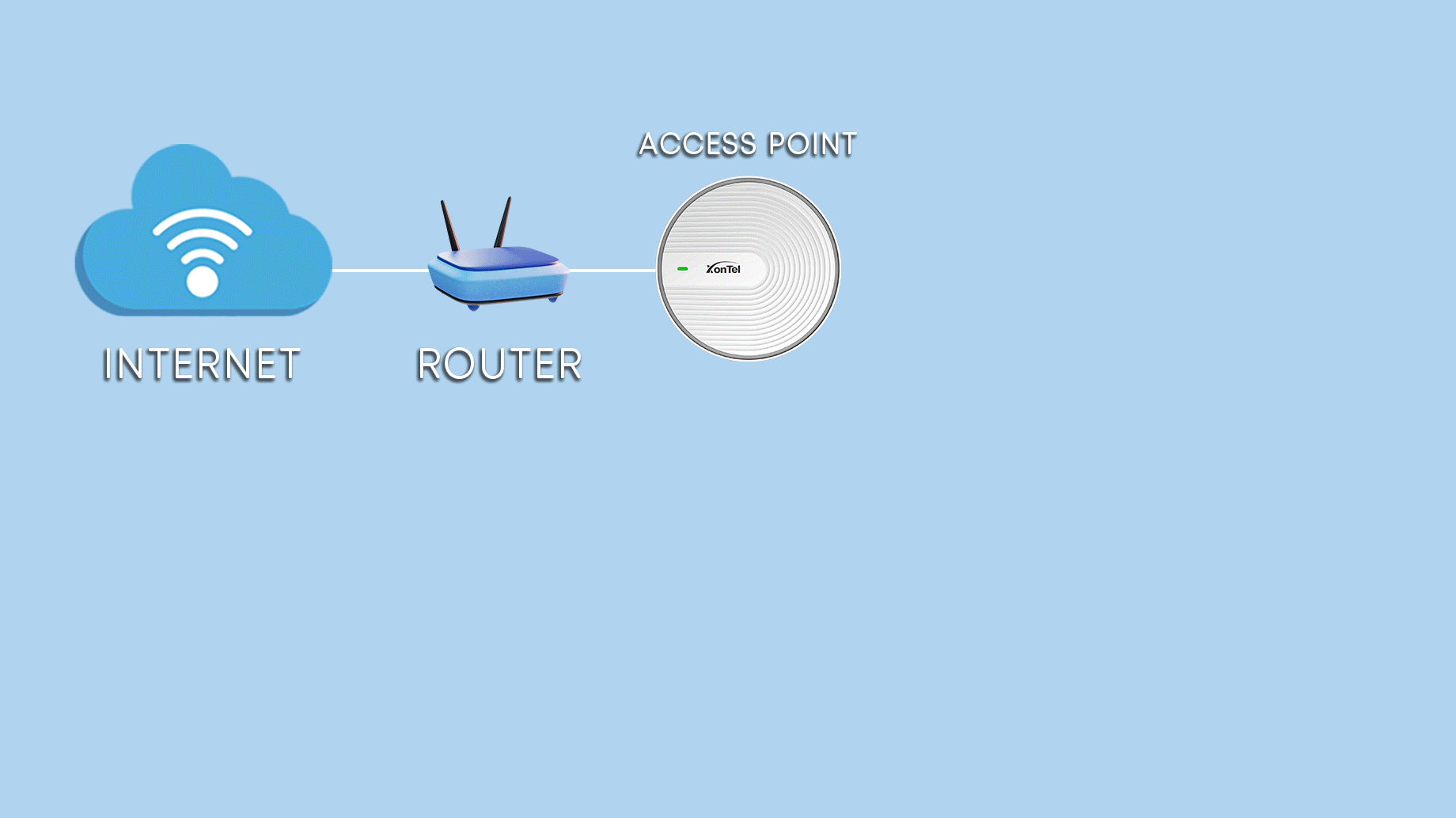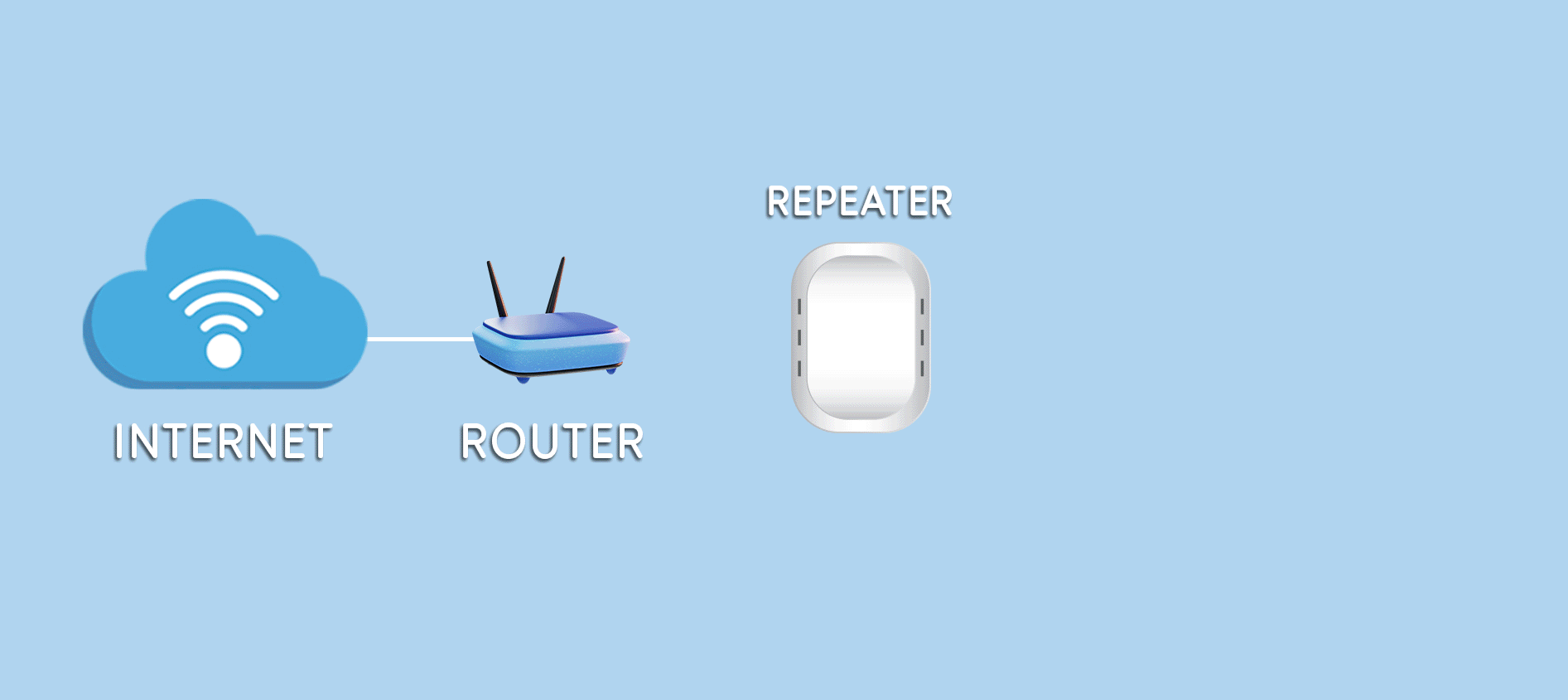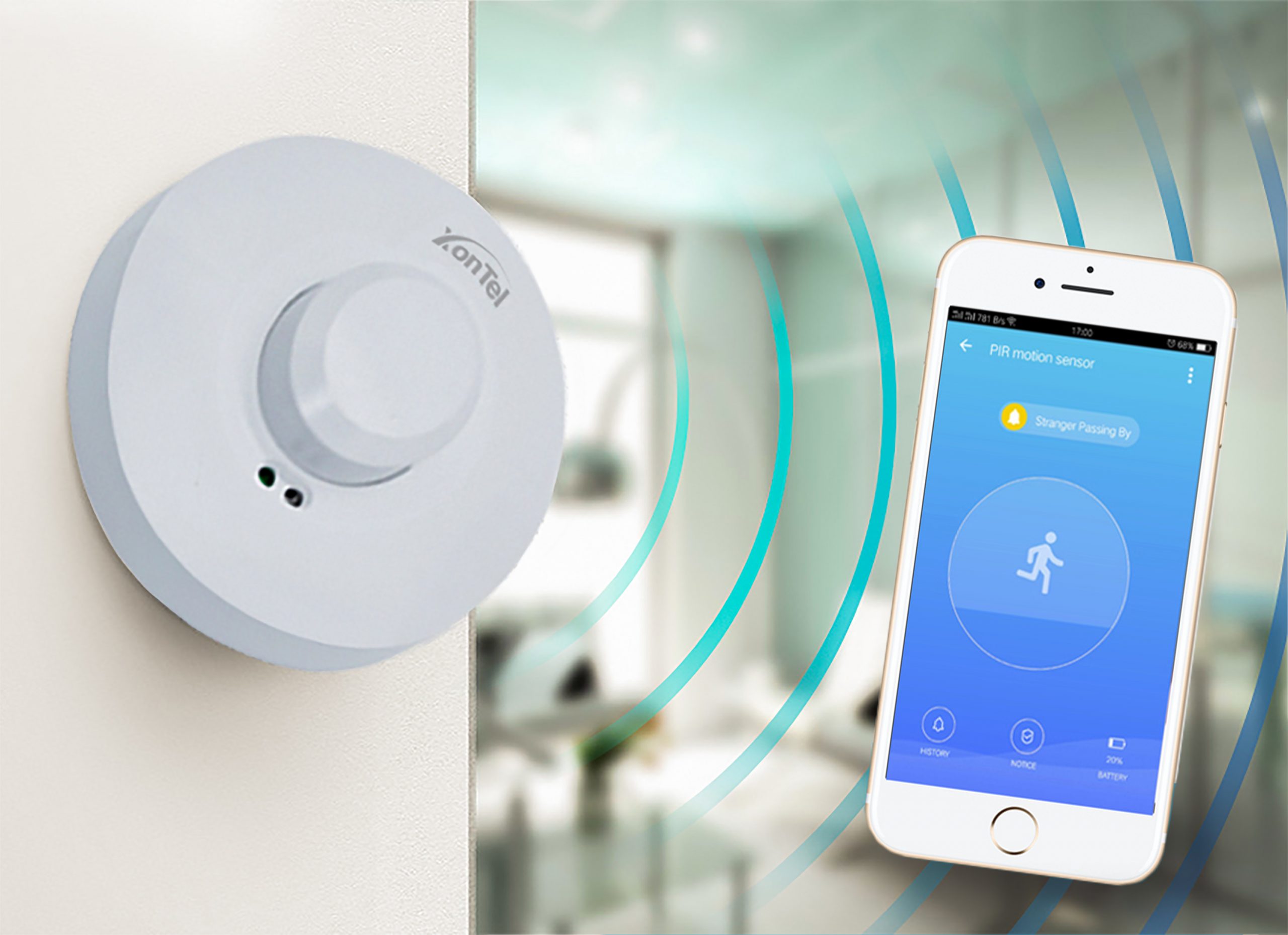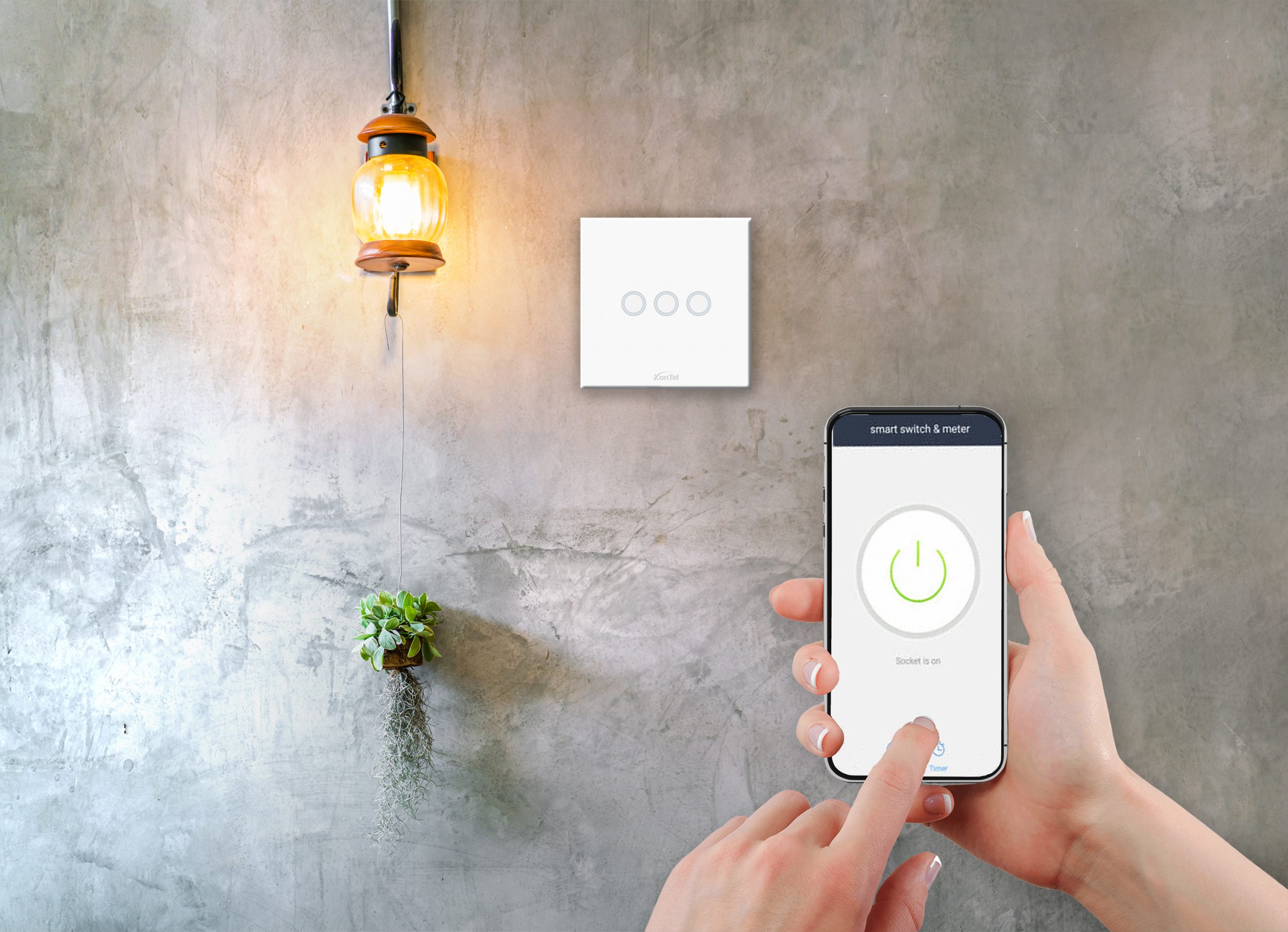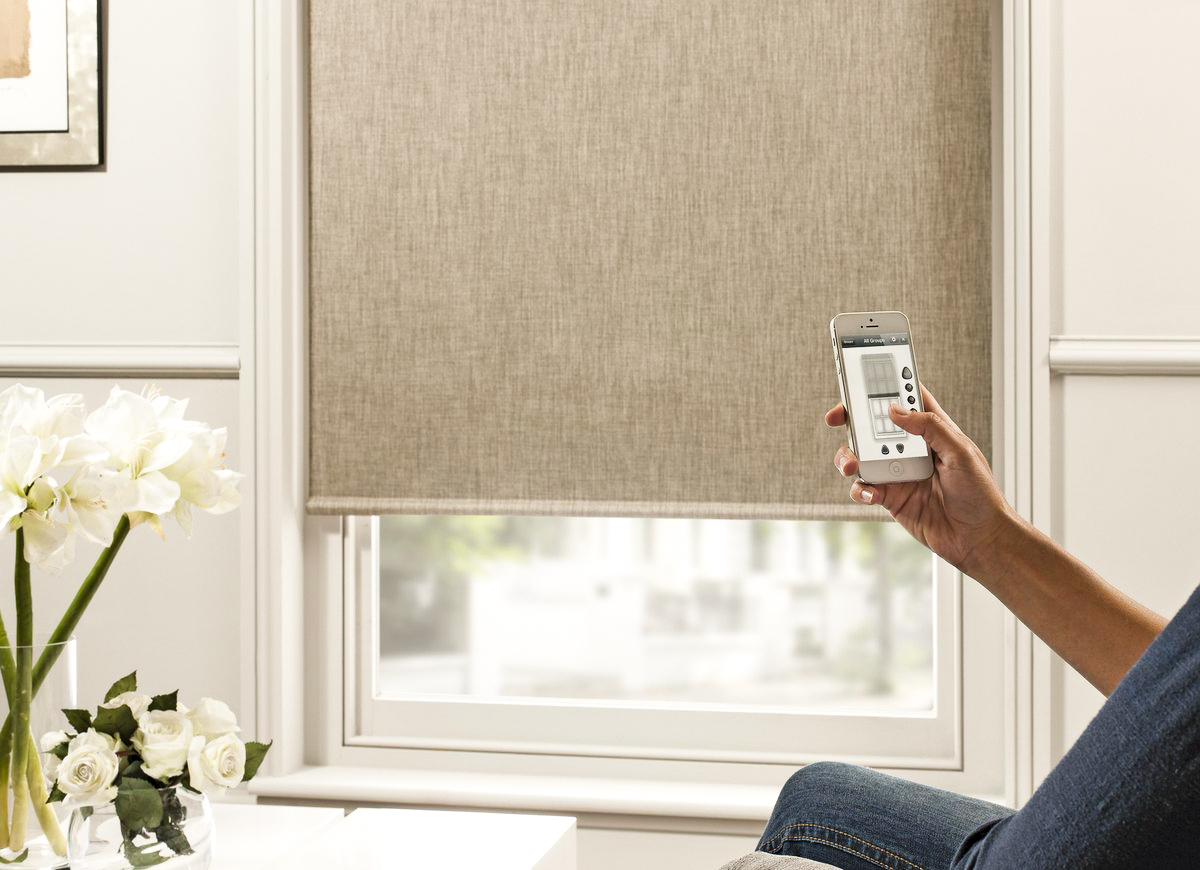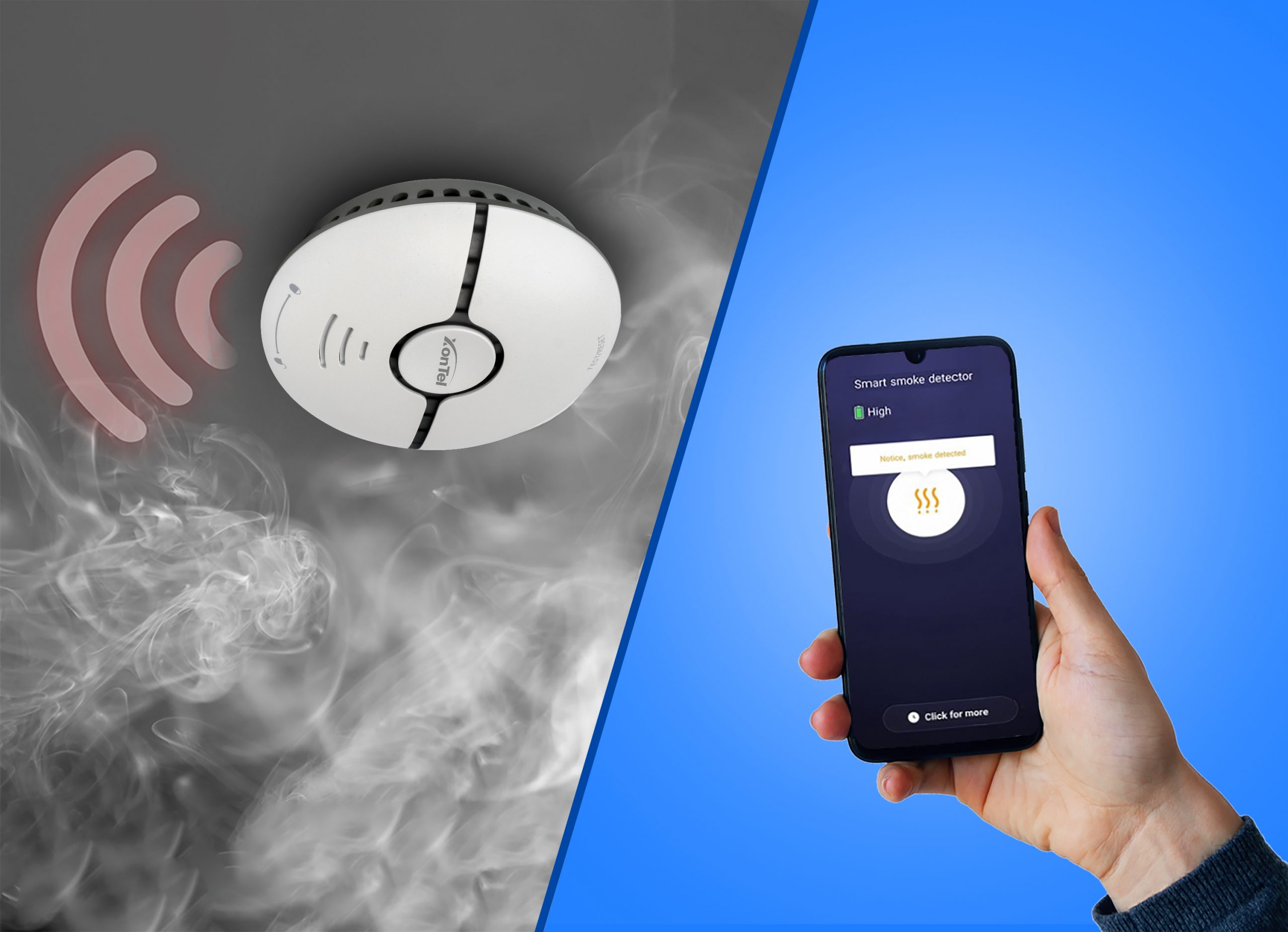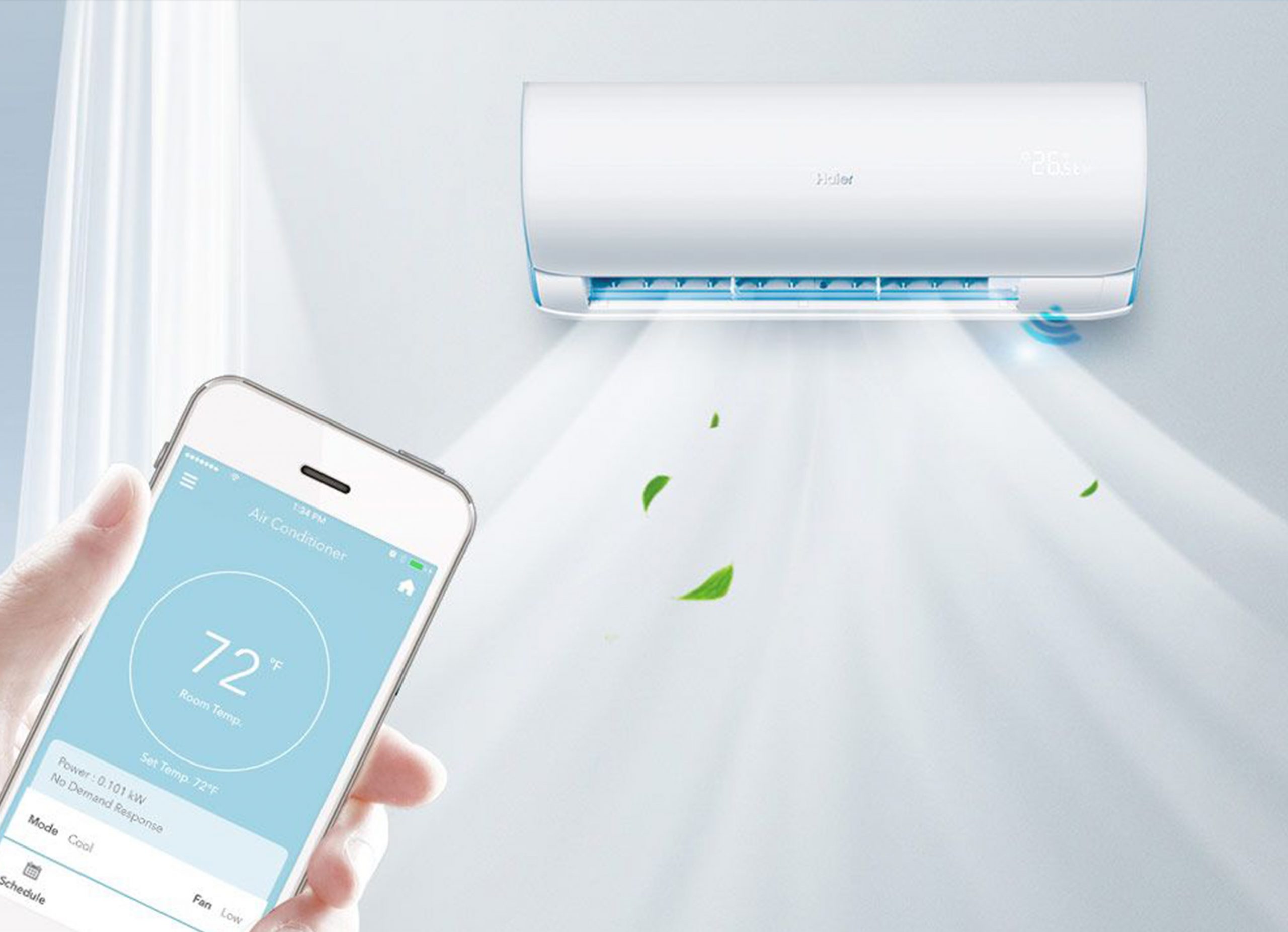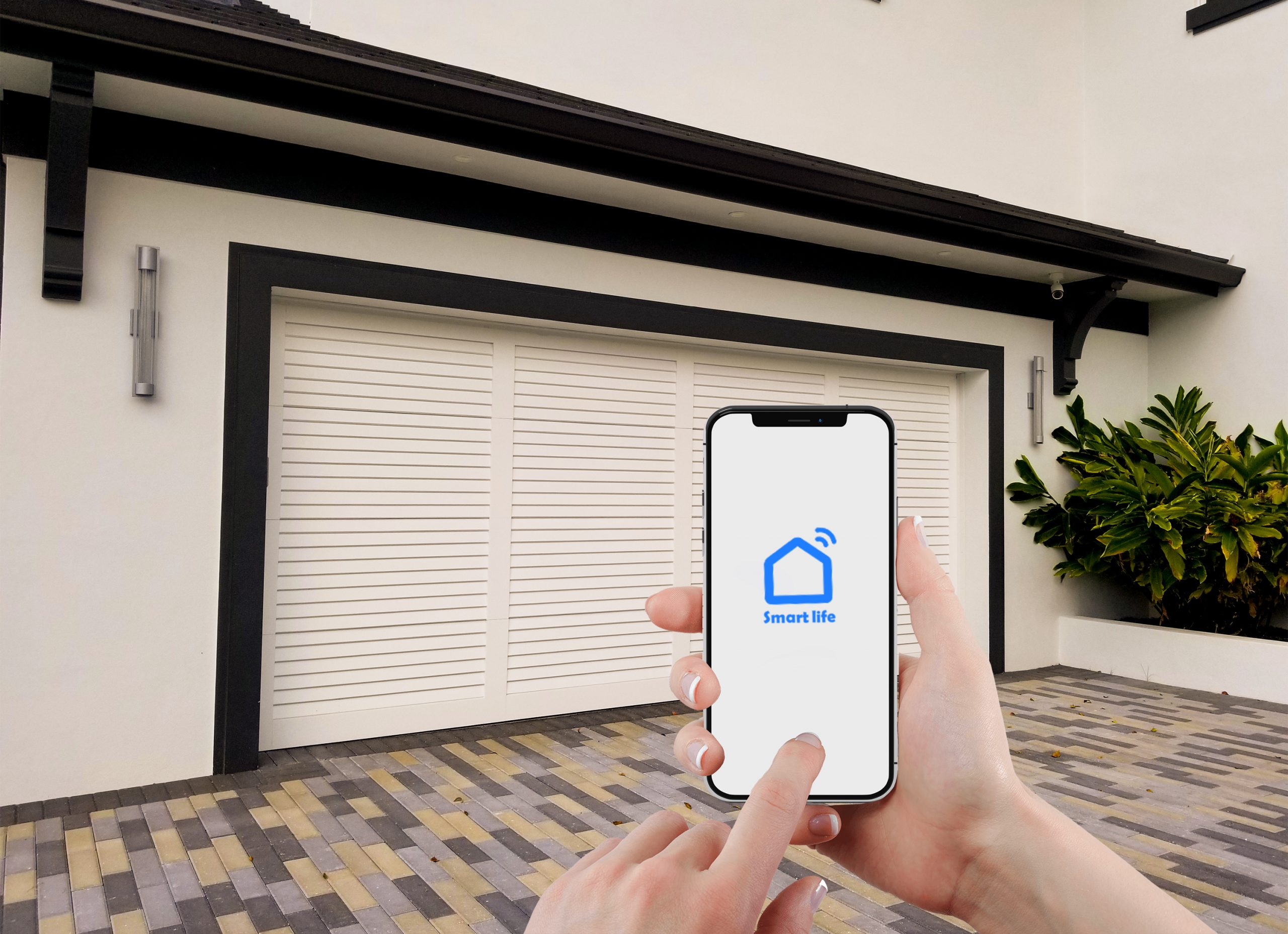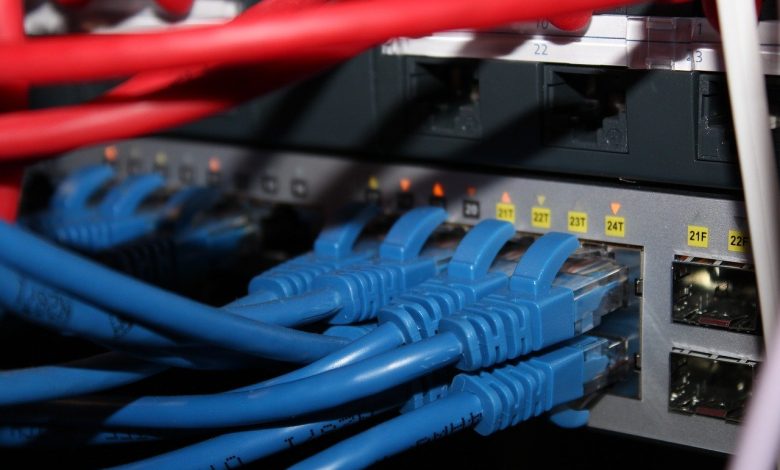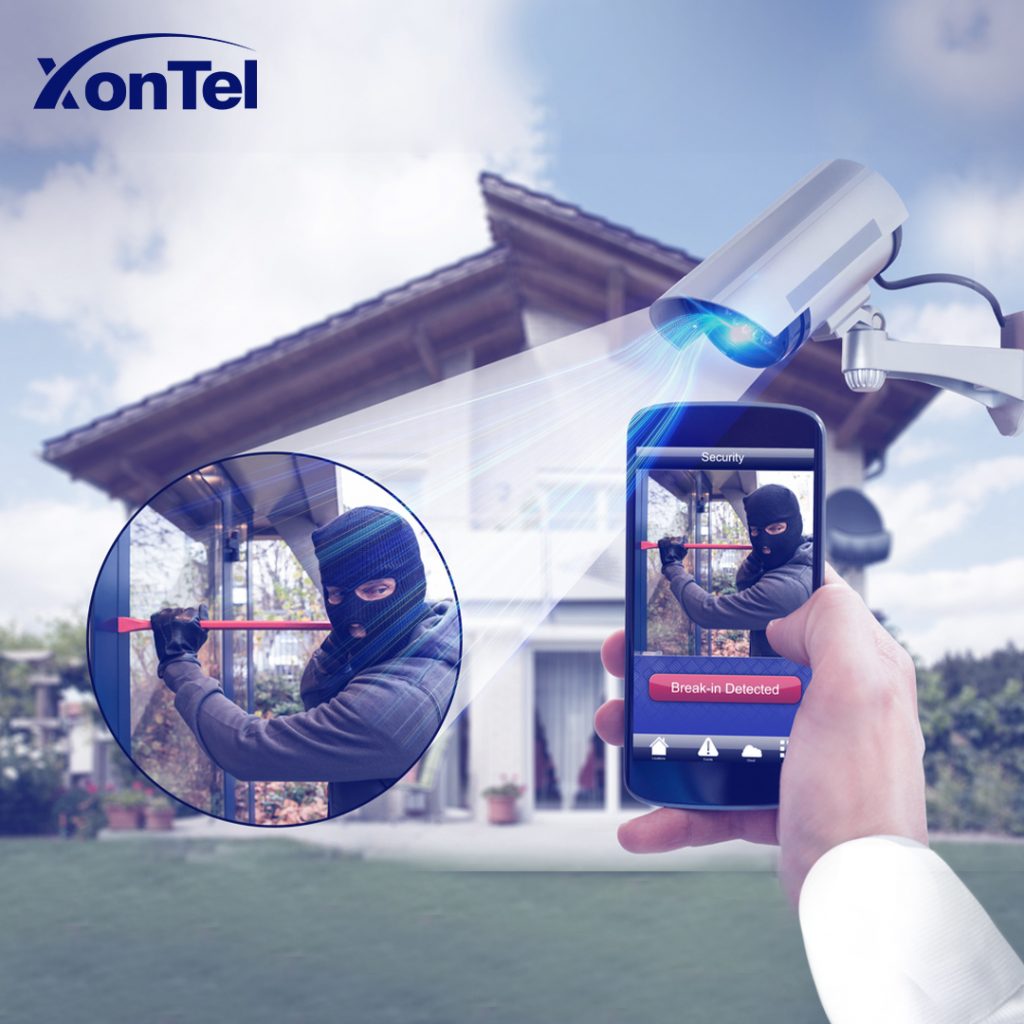
In the hospitality and tourism industry, hotel management is not a single concept but several concepts that fall under one umbrella.
The hotel management system revolves around the successful management of every hotel operation to ensure the growth and development of the hotel. This includes managing anything related to the hotel industry, including finance and accounting, customer service, employee management, marketing, supply chain management, etc.
What is a Hotel Management System?
The Hotel Property Management System (PMS) is concerned with managing all the operations that take place in the hotel to provide an exceptional experience for customers by coordinating and tracking reservations through various channels, facilitating front office operations, managing guest check-in/check-out and room assignments, managing room rates, overseeing housekeeping, accounting, and generating reports in a central location to help hotel owners manage and monitor their business and connect their branches.
Benefits of a Hotel Management System:
A guest’s travel journey always begins with choosing a destination, followed immediately by selecting the right hotel. Customers’ interactions in pre-stay shopping and booking, their interactions within the hotel with the hotel and its staff, their experience within the rooms, and their post-stay social media sharing are all part of the guest experience.
Hotel staff face a significant challenge in providing a good experience for guests during their stay. Hotel Property Management Systems (PMS) is expected to help hotel staff and owners provide the understanding that the guests want and desire while also efficiently managing their operations.
A Hotel PMS provides many benefits to the business of hotel owners, including:
Internal Supervision - House Keeping:

This increases the efficiency and speed of room supervision. When a guest checks out, the hotel efficiently manages the response to room service tasks and determines and manages the room maintenance needs to ensure the rooms are clean and in excellent condition.
Facilitating Check-in/Check-out Processes:

The front office staff performs guest check-in and room assignment, as well as enables guest services and completes full data entry of customer personal information into the hotel systems.
More Efficient Room Distribution:

Increase room occupancy through real-time availability management and distribution channel inventory control. The hotel’s direct booking channels can potentially increase sales and reservations.
Helps Save Time:

Good hotel management software significantly reduces the time spent on manual administrative tasks. The software handles most of the work, allowing you to devote time to more critical tasks.
Continuous development and improvement of guest relations:

Enhancing guest satisfaction is remarkably achieved through a simplified check-in and check-out experience. This is just the beginning – any improvement in communication and additional services will also increase guest loyalty. Choosing a good hotel management program equals increased guest and staff retention.
Creating, analyzing, and recording all guest data:

Centralizing and securing guest data improves the quality and accuracy of guest profiles through reports and analysis. Understand customer purchasing patterns to identify more targeted packages and services. Ensure compliance with local and international rules and regulations.
Preventing duplicate reservations and frequent human errors:

Hotel management software systems are programmed to avoid double bookings or human errors. Thanks to task automation, they help prevent mistakes when receptionists enter customer data such as names, passport details, and payment card numbers. This means a better guest experience, more time for staff to focus on their essential work, and more accurate business data and reports.
Integration between accounting systems and hotel management systems:

Linking hotel operations with accounting by leveraging integration processes between systems, payment gateways, and hotel industry applications. Commission calculations. Ensure accuracy and integrity of guest accounts for faster and more accurate invoicing.
XonTel provides the latest technologies that compete with global counterparts at competitive prices. It also offers a highly efficient and professional support team to understand and meet the needs of all its customers accurately and efficiently, making it the best choice.
For more information, contact us now. Click here.

